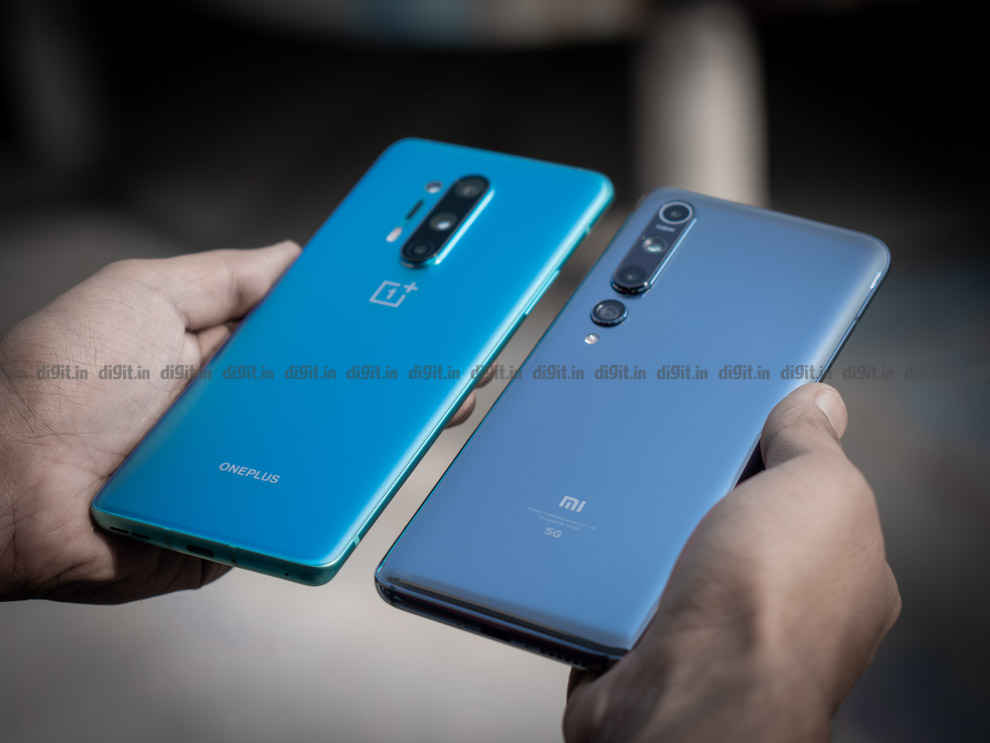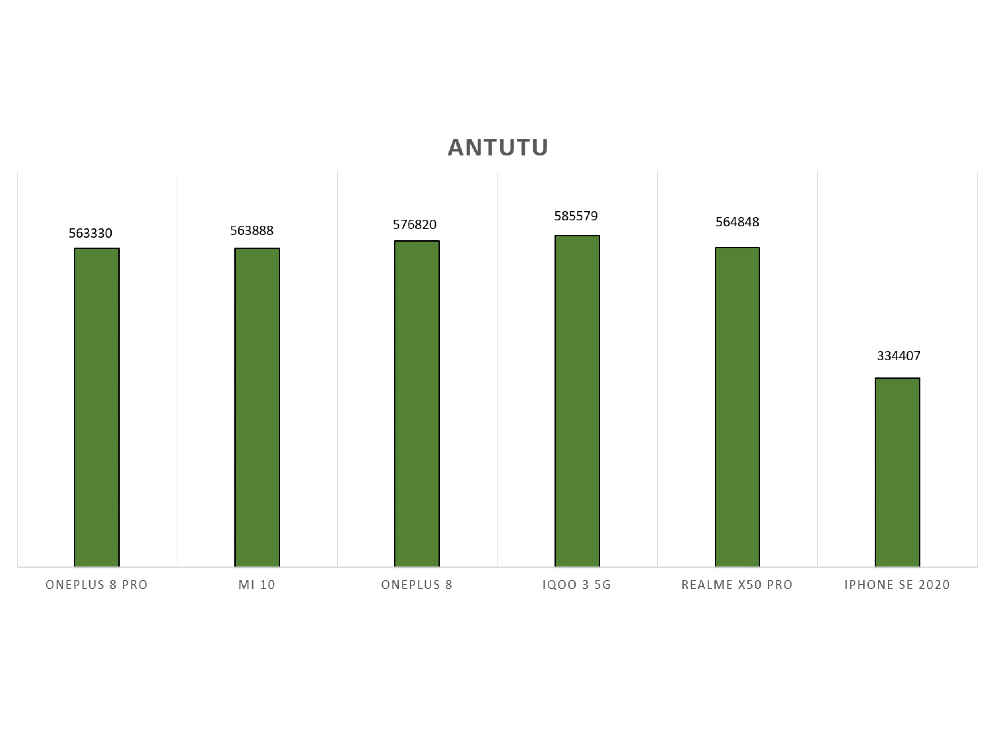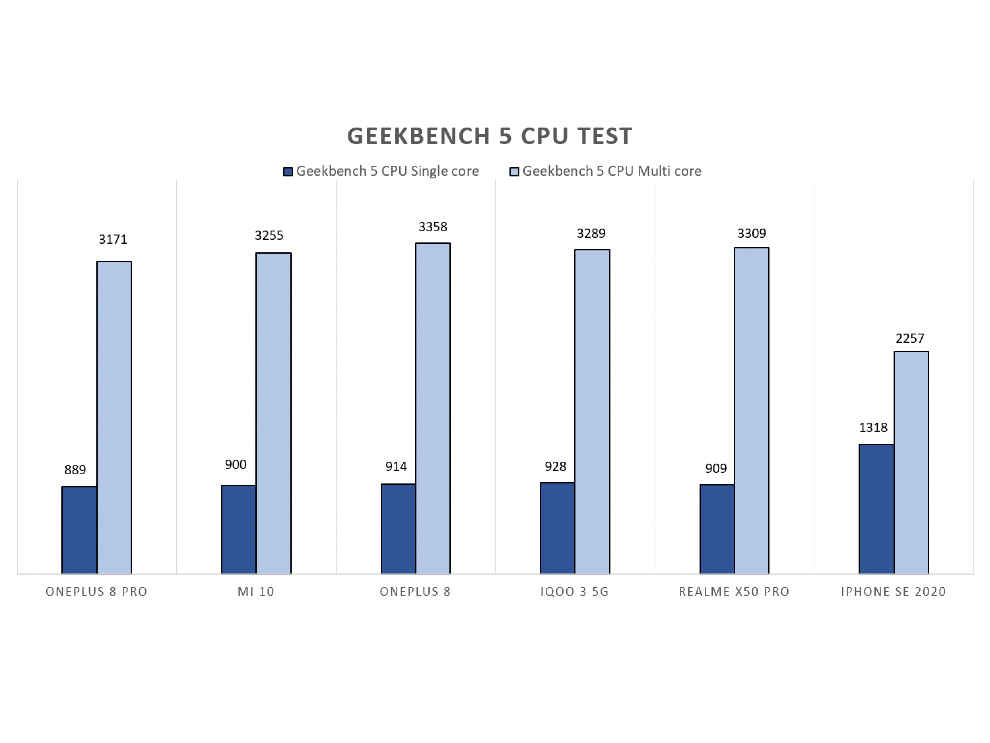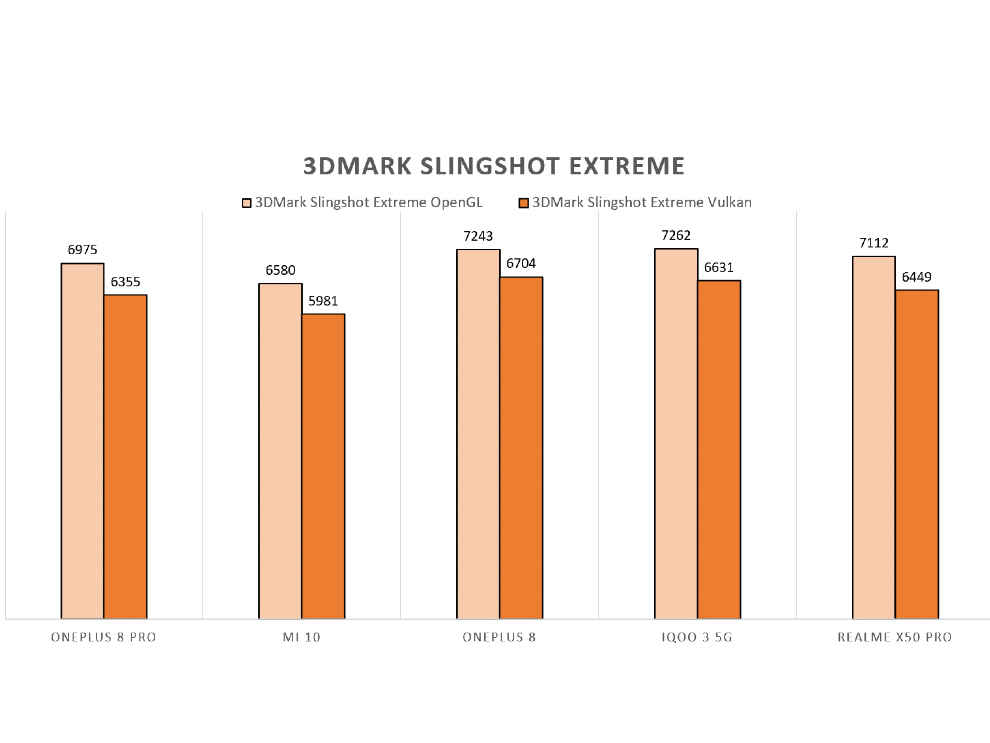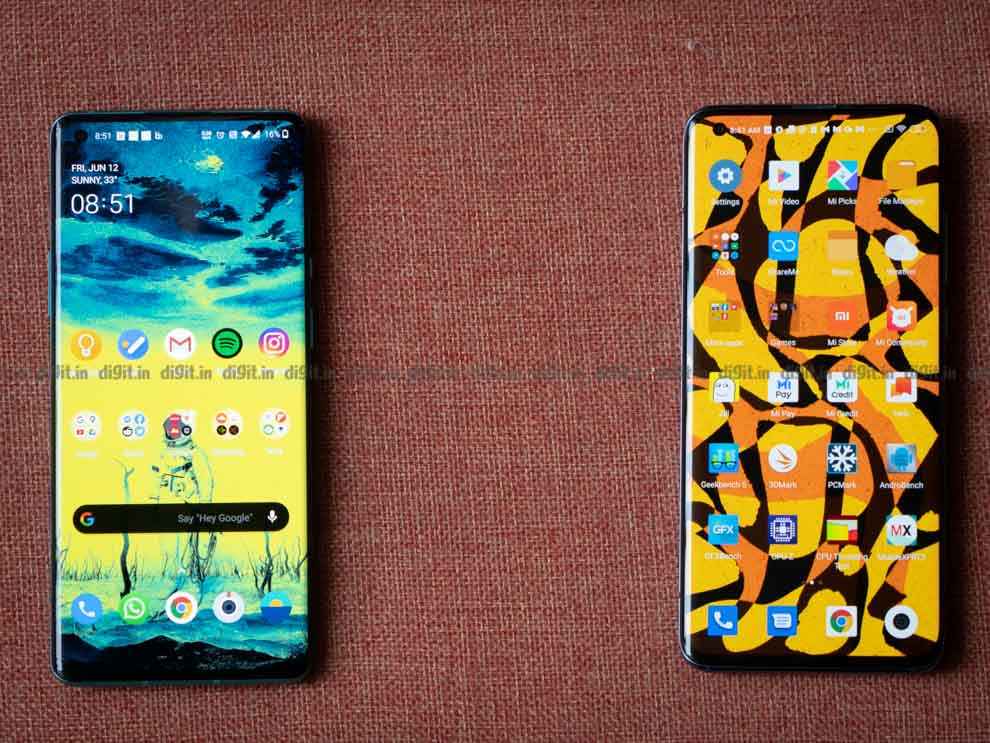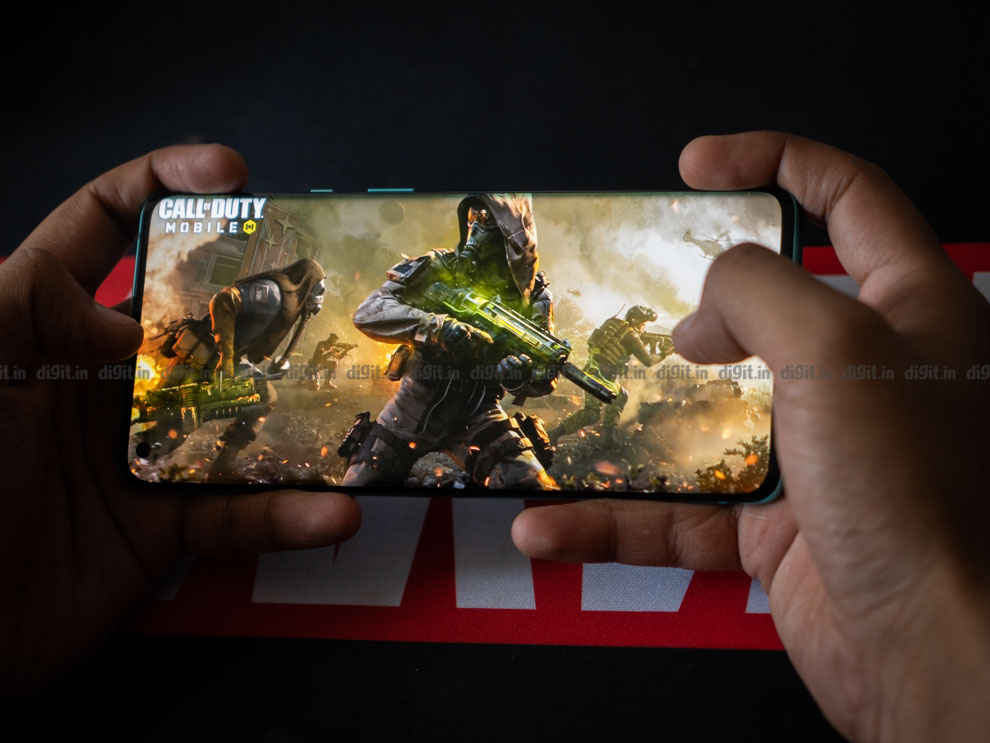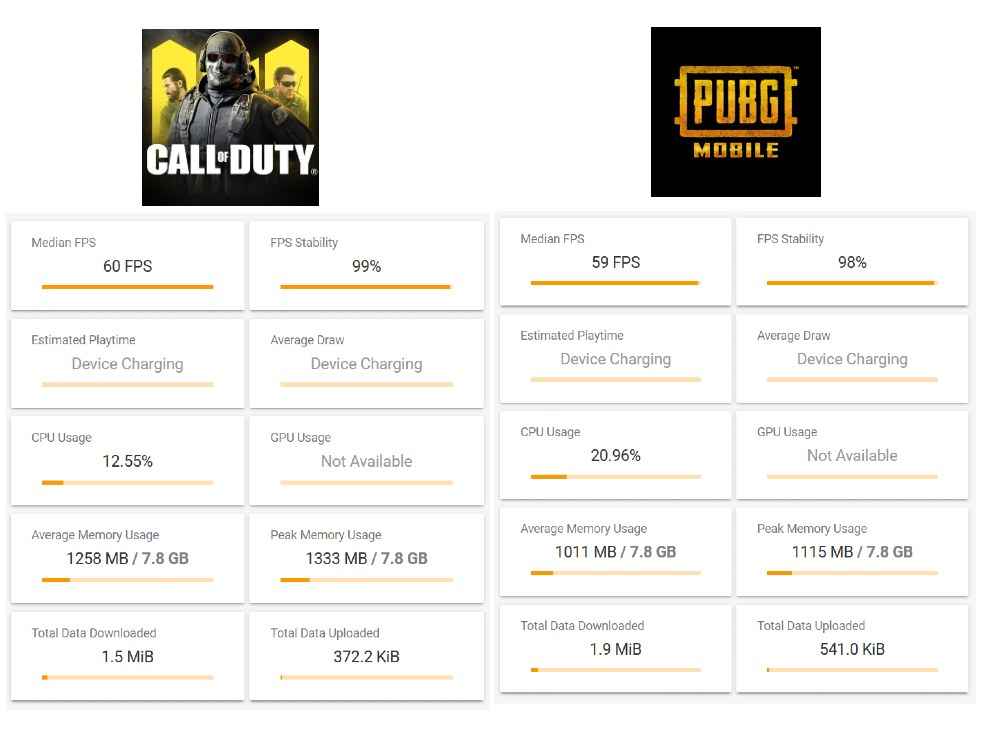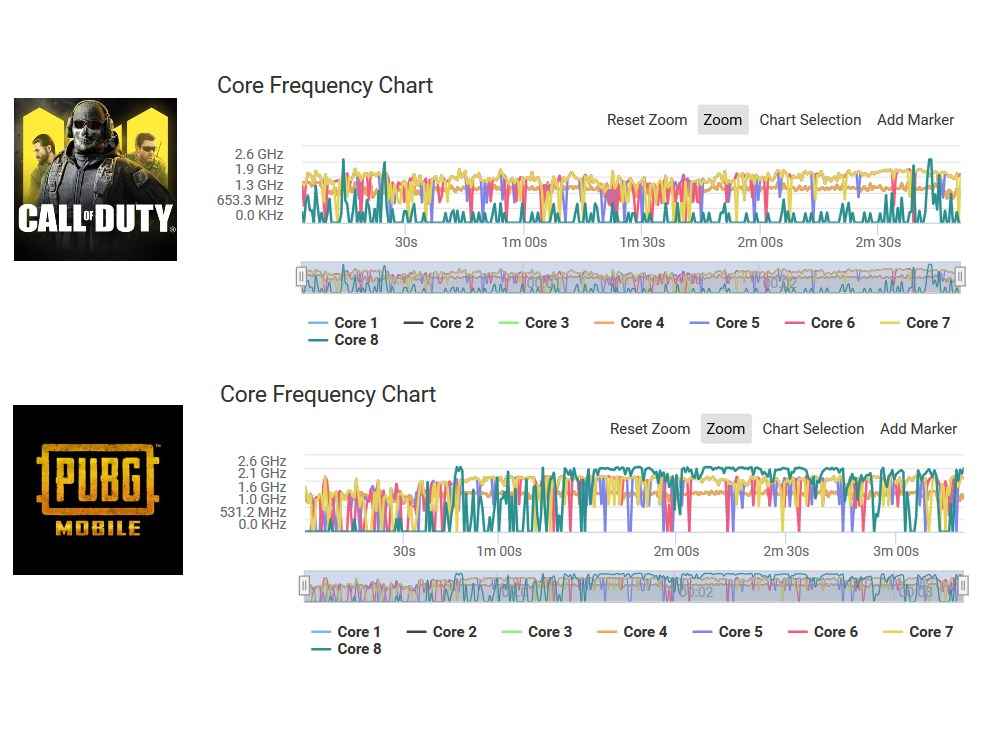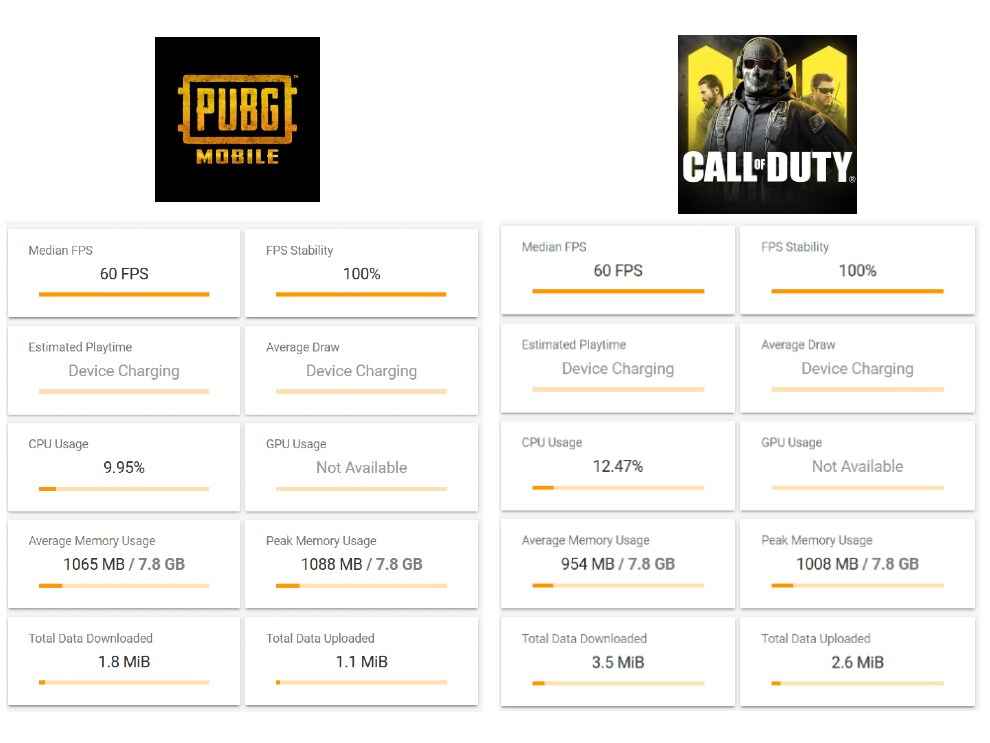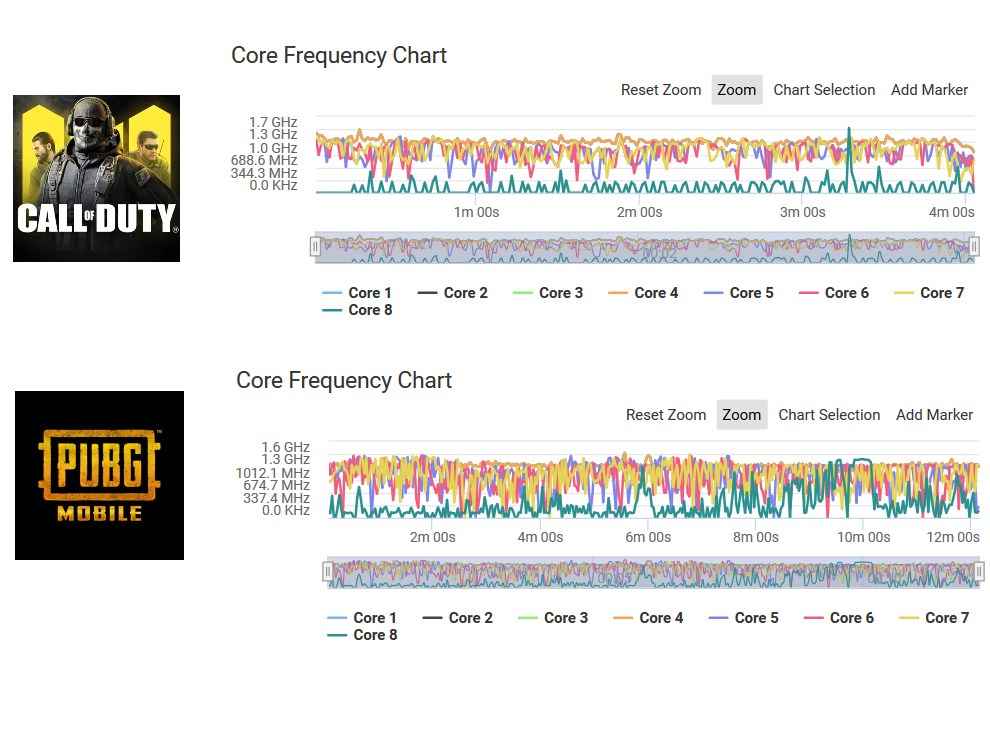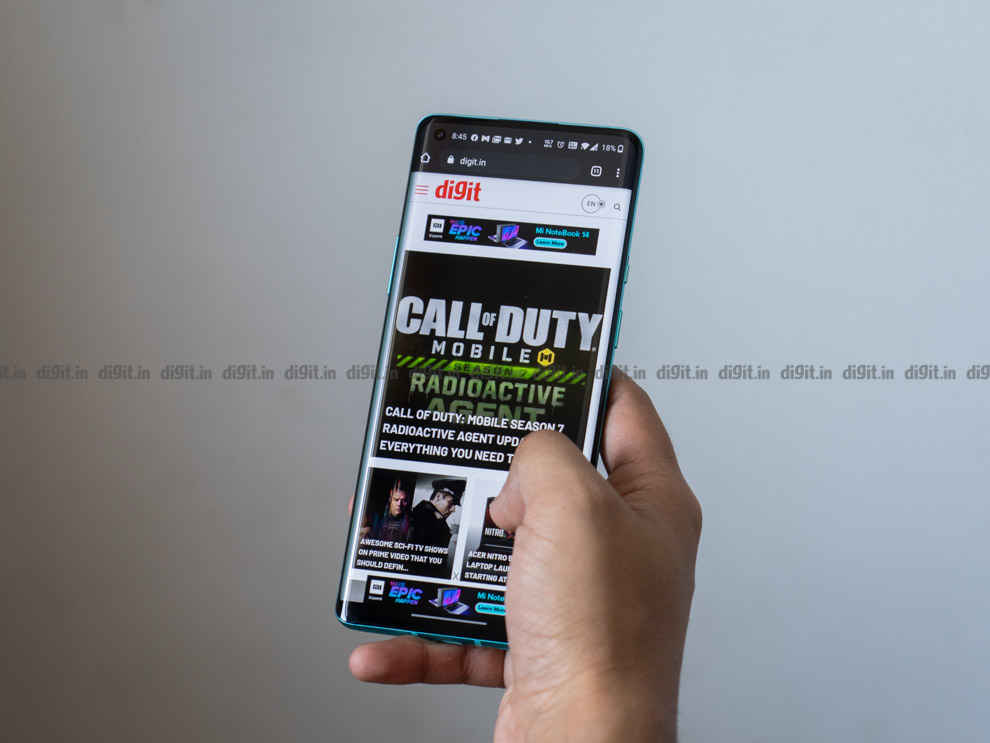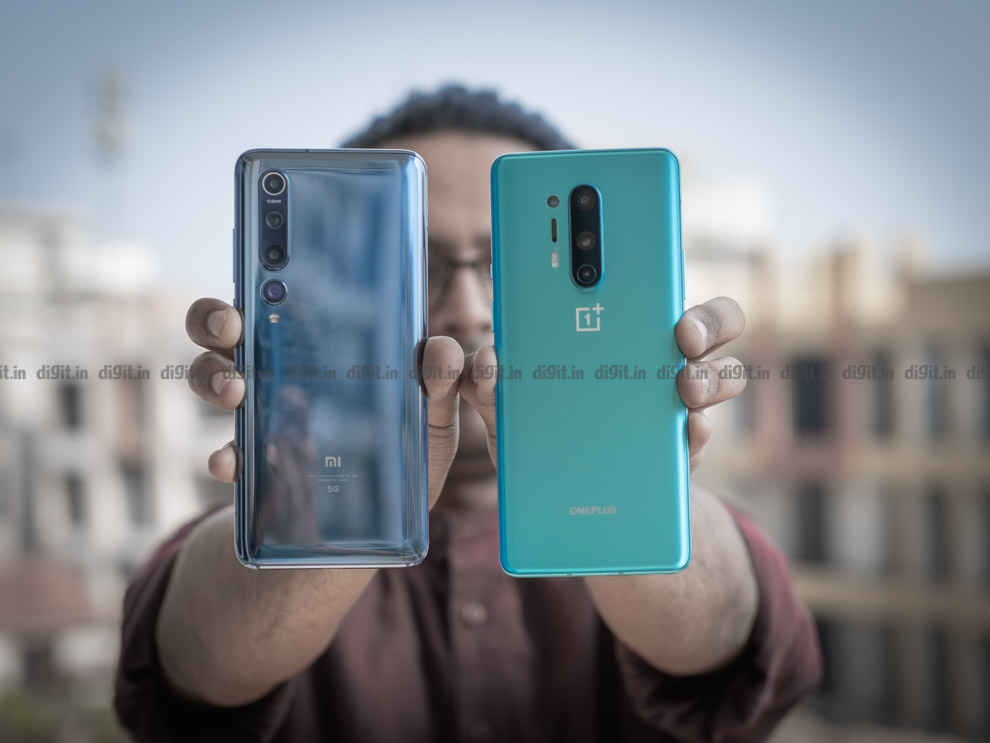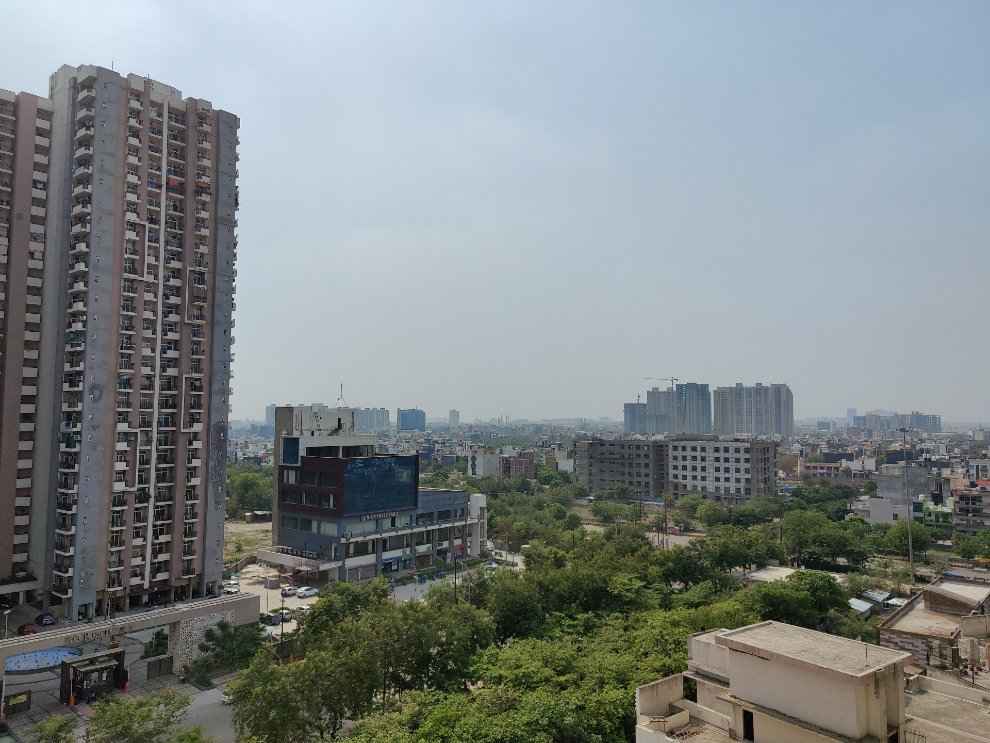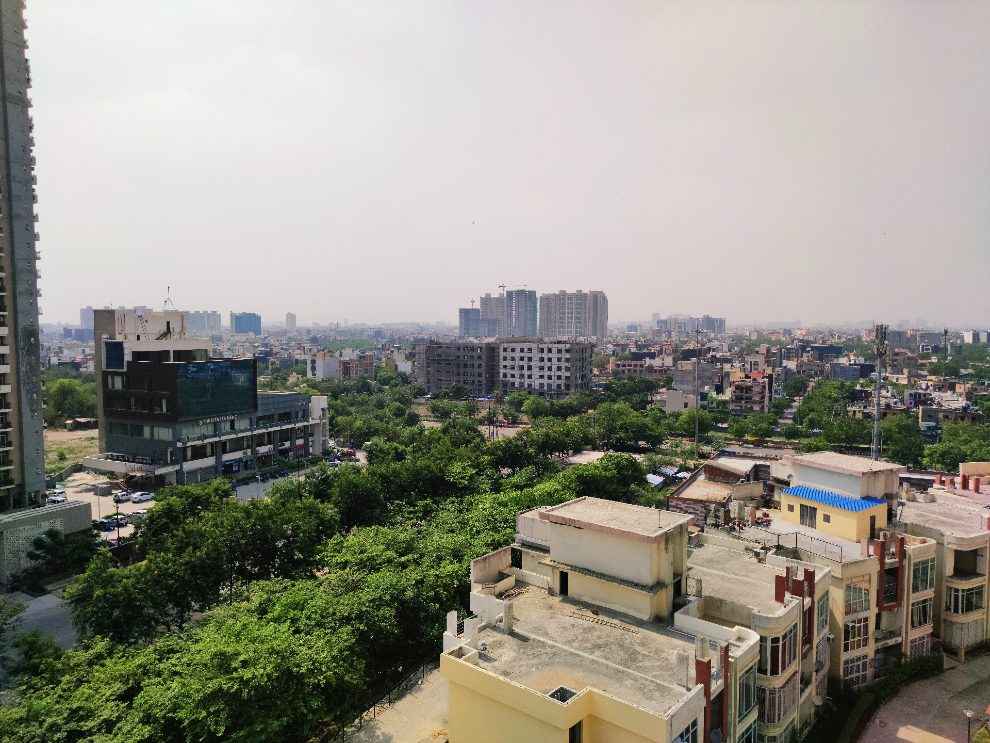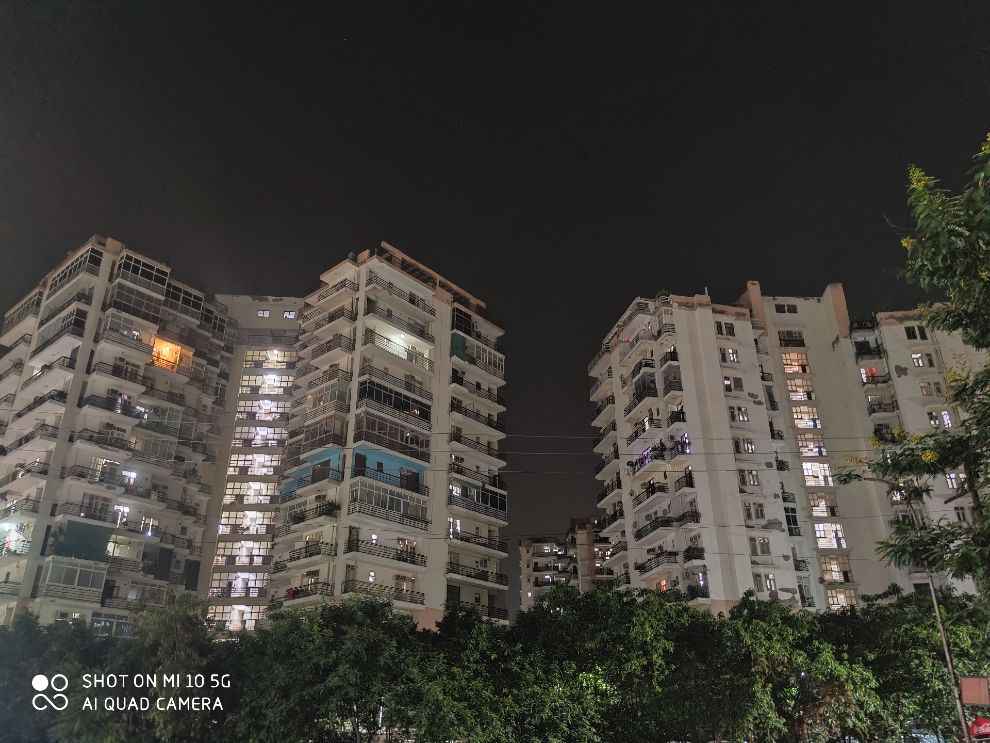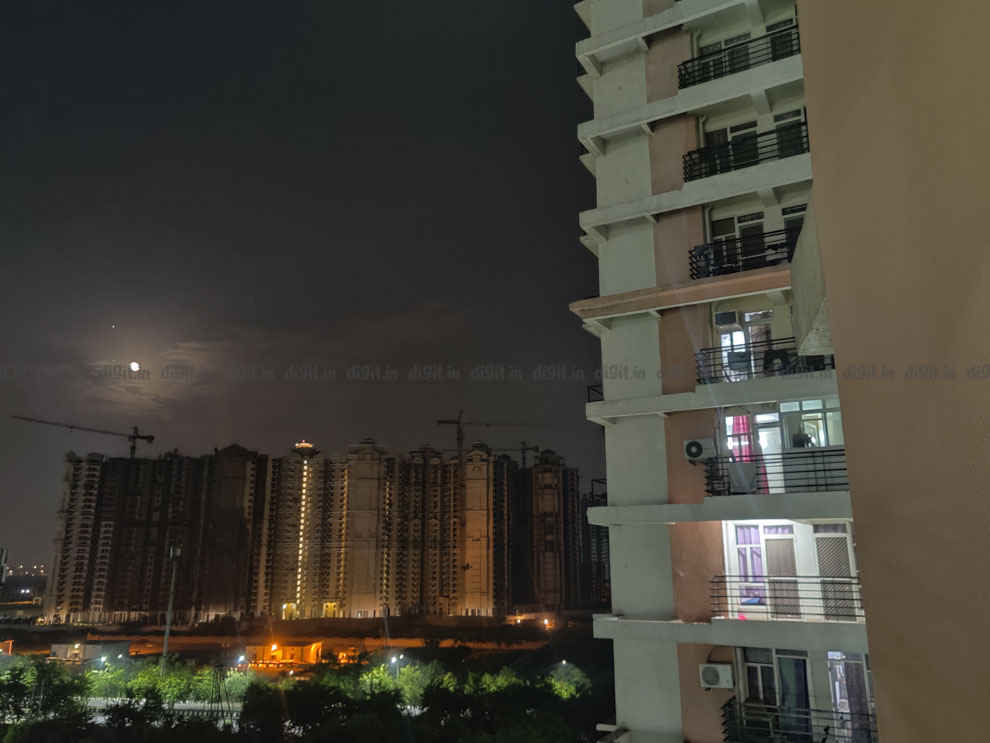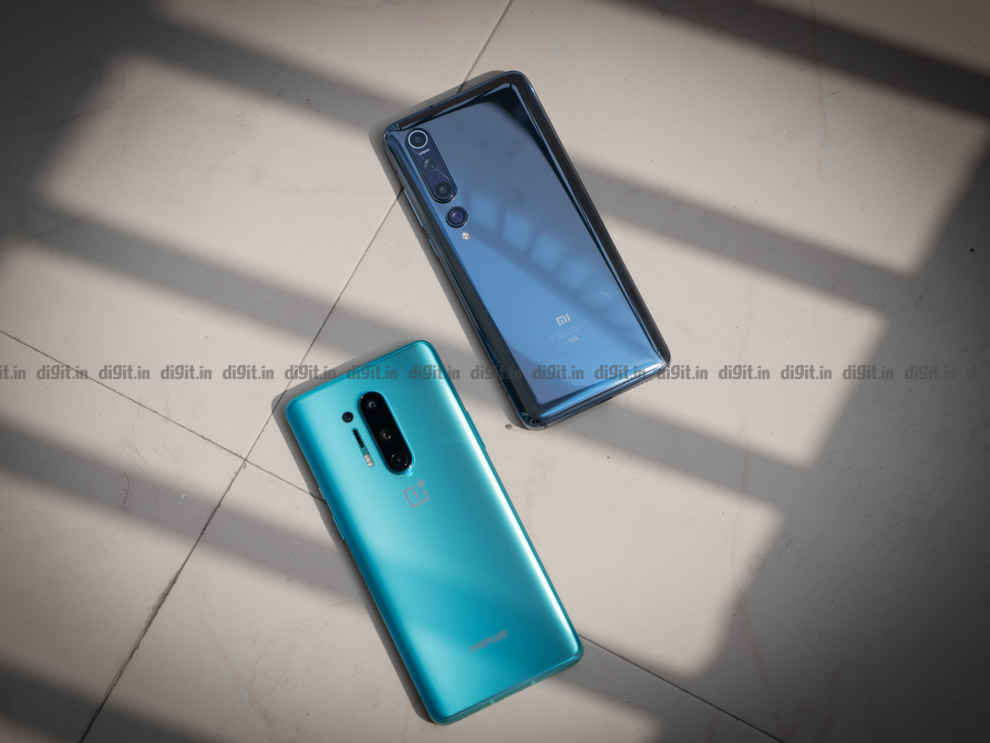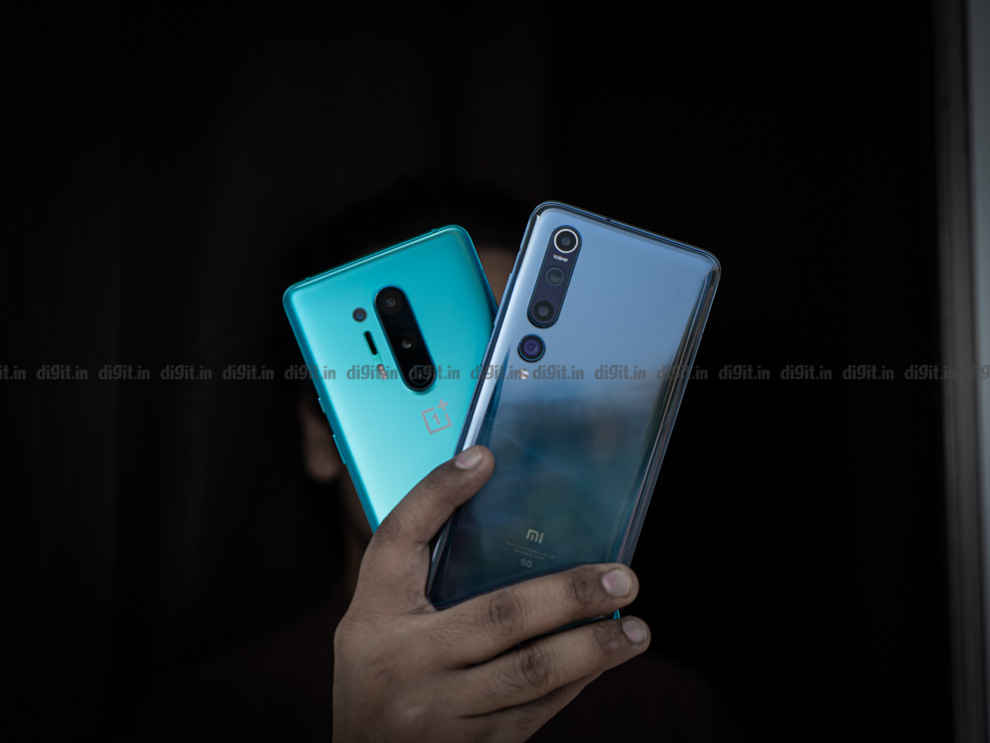OnePlus 8 Pro vs Xiaomi Mi 10 comparison: Going premium flagship is not easy
We compared the OnePlus 8 Pro against the Xiaomi Mi 10 to find out if it's better in performance, camera and battery life. Here's what we found.
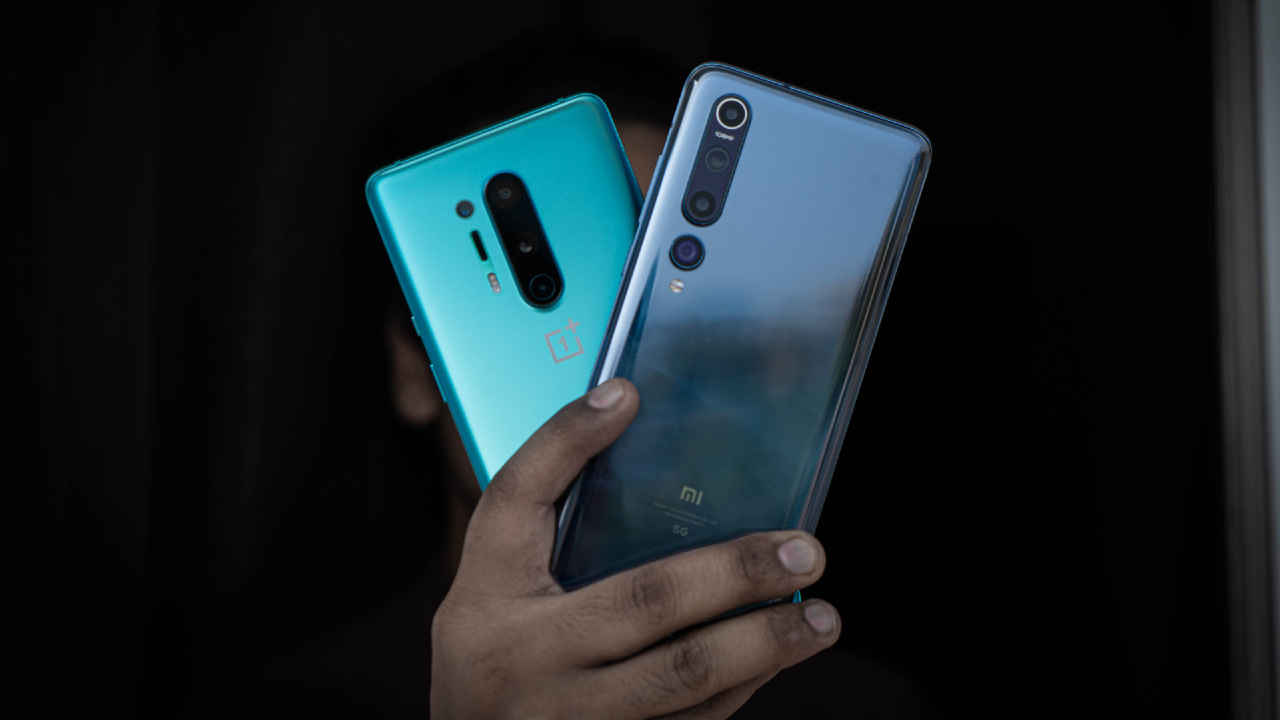
Both the Xiaomi Mi 10 and the OnePlus 8 Pro have a lot in common. And a loyal fan base of both the brands can argue endlessly about how each is better. During the course of this comparison, one thing became clear. Both the Mi 10 and the OnePlus 8 Pro are perfectly viable flagship smartphones. But aimed at different types of users. There are some areas where the Mi 10 has a clear advantage while some features are unique to the OnePlus 8 Pro.
 Survey
SurveyThankfully, the OnePlus 8 Pro has the next best alternative in the OnePlus 8, and quite frankly, the OnePlus 8 offers a lot more value for money. But for Xiaomi, the Mi 10 is the only option it offers in this segment right now. But as far as Snapdragon 865 is concerned, we have seen a couple of phones powered by this flagship processor before the Mi 10 and the OnePlus 8 Pro arrived. And they are far more expensive than the iQOO 3 which starts at Rs 34,999 right now. Question is, are they better?
OnePlus 8 Pro vs Xiaomi Mi 10 performance
The Snapdragon 865 is what gives the phones their superpowers. Qualcomm’s flagship chipset for this comes with a mandatory 5G modem, with the option for OEMs to include the full stack with the RF front-end for 5G connectivity. The Mi 10 and OnePlus 8 Pro do that, even for the India variant, a big reason for the extra cost. The Mi 10 makes use of more features of the Snapdragon 865 including 8K videos, HDR gaming and more. The OnePlus 8 Pro skims on these over the top features and sticks to the basics.
We received the 8GB RAM variant of the OnePlus 8 Pro for review (Glacier Green) with 128GB storage, while the Mi 10 by default comes with 8GB RAM and 256GB storage. These are the latest modules — LPDDR5 and UFS 3.0. So on paper, these two smartphones are quite well positioned to take on each other.
Benchmark performance
On benchmarks, the Mi 10 is slightly ahead of the OnePlus 8 Pro, but well within the margin of variance. On AnTuTu, the OnePlus 8 Pro scored 563330 while the Xiaomi Mi 10 clocked 563888. Both scores are in line with what we saw with the Qualcomm reference device when the chipset was first announced last year, promising a 25% boost in performance. The benchmark numbers, however, only show a 15-18% boost in performance compared to last year, which is still good enough because at the bleeding edge of smartphone tech, there’s isn’t much to show for apps that can truly make use of this much firepower.
Verdict: The Mi 10 edges past the OnePlus 8 Pro by a small margin, but offers more or less the same experience.
Display performance
In the real world though, both the OnePlus 8 Pro and the Xiaomi Mi 10 are a breeze to use. The high-refresh rate panel makes the animations, app switching and scrolling much smoother. If you compare the phones side by side, the OnePlus 8 Pro does show a slight improvement in display quality at QHD+ resolution and 120Hz refresh rate. It’s the only smartphone to offer both of them together, unlike the Samsung Galaxy S20 Ultra.
The Mi 10’s curved AMOLED display looks far too vivid in comparison, but the UI is nearly as smooth to use at 90Hz refresh rate. Unless you pit the two side by side, there’s no telling between the response times in the display.
Both phones support the HDR10+ format in the major streaming apps, but the Mi 10 clocked a higher 946 nits brightness as compared to 786 nits at max on the OnePlus 8 Pro, so videos automatically appear far brighter with more details on the Mi 10.
But with a dedicated MEMC chip, the OnePlus 8 Pro can insert additional frames in the usual 24FPS output from streaming apps, forcing it to run at 120FPS, in tune with the display. The results aren’t always so good, which any good TV reviewer will tell you and a lot of Hollywood Directors (including Quentin Tarantino) abhors it, claiming it ruins the cinematic experience. For me, I did find it interesting to use for the first few days, but unless I was watching fast action-packed scenes with lots of movement, it felt far too artificial. The Mi 10 refrains from such over-the-top features but running at the Vivid colour mode, the colours do appear way too vibrant sometimes for its own good. It’s good for the UI, but not as much for games and videos.
Verdict: The OnePlus 8 Pro wins with higher resolution and refresh rate and a cool party trick up its sleeve, with the Mi 10 trailing close behind.
Gaming performance
Speaking of games, both the OnePlus 8 Pro and the Mi 10 champion sustained high performance in gaming for long periods of time. We clocked the highest frame rates for two of the most played games in India — PUBG Mobile and Call of Duty: Mobile. But the stability number varied across sessions. Nevertheless, there was no noticeable frame drops and movement was super smooth on both phones.
OnePlus 8 Pro Gaming FPS and Stability
OnePlus 8 Pro Gaming CPU frequency distribution
Xiaomi Mi 10 Gaming FPS and Stability
Xiaomi Mi 10 Gaming CPU frequency distribution
Both phones come with dedicated gaming modes to prioritize games in the process node, and takes care of the usual DND scenarios. But the Mi 10 here goes a step further and offers different colour settings for games which you can cycle in-game using a side bar.
Otherwise they are far too similar in performance and there’s little we can write to differentiate without nitpicking.
Verdict: We’d call this a tie considering the performance is evenly placed, but the Mi 10 offers a longer list of gaming features, so it’s the Mi 10 that wins.
Software Performance
Gaming is a good indicator of performance, but it’s ultimately the UI that you will be spending most time on. And this is where the OnePlus 8 Pro is a far better smartphone, as compared to the Mi 10. OxygenOS 10 is perhaps the best Android skin out there right now, with the right mix of features and optimisations. But the best thing about the UI is that there’s no ads, and very little bloatware.
The same cannot be said about the Mi 10. While it’s well endowed with the ability to customise every aspect of the UI, it’s still riddled with the same issues the Xiaomi mid-rangers are plagued with. That includes spam notifications as soon as you set the phone up, and bloatware. Lots of them. On the home screen. Some can be uninstalled, but the really notorious ones which push the spam notifications cannot be, unless you are ready to follow a convoluted process. In front of the Mi 10, the OnePlus 8 Pro feels far more sublime and premium.
Verdict: The OnePlus 8 Pro wins this round with almost everything in its favour, because when looking at two phones so evenly placed on paper, the software experience is a crucial deciding factor, especially in such an expensive segment.
OnePlus 8 Pro vs Xiaomi Mi 10 Camera
Like all premium flagships this year, the OnePlus 8 Pro and the Xiaomi Mi 10 relies heavily on high resolution sensors with lots of AI algorithms making good use of the large sensors. The OnePlus 8 Pro packs two 48MP Sony sensors while the Mi 10 goes for a whopping 108MP Samsung sensor. On paper, the OnePlus 8 Pro diversifies the camera stack with a high-res 48MP ultrawide camera, an 8MP telephoto lens and a colour filter (which was defunct in our review unit due to ongoing controversies). On the other hand, the Mi 10 places all its bets on the primary 108MP camera, with the other three cameras borrowed from the mid-range offerings.
Battle of the large sensors
The 48MP Sony IMX689 sensor on the OnePlus 8 Pro is by far the best we’ve seen on a OnePlus device. There’s really no difference in the binned 12MP photos and the high-res 48MP photos when you’re shooting a landscape in the day. The primary camera is capable of excellent dynamic range which these samples will tell you.
Shot in 48MP on the OnePlus 8 Pro using the primary camera
Shot in 12MP binned mode on the OnePlus 8 Pro using the primary camera
Shot in 48MP on the OnePlus 8 Pro using the ultrawide camera
Shot in 48MP on the OnePlus 8 Pro using the ultrawide camera
The wide-angle camera is a charm to use. The large sensor lends excellent dynamic range to the camera along with high sharpness, something which you don’t really see in the high-end flagships. The only quip we had with the camera output was the excessive blue colours of the sky, which looks good but far from what it actually is. The 8MP telephoto lens can’t keep up with its high-resolution cousins but does a decent job at 3X zoom. Don’t rely much on the 20X digital zoom though as the details are nowhere to be found.
Shot in 8MP on the OnePlus 8 Pro using the telephoto lens
As for the Mi 10, most of the work has gone into tuning the 108MP primary camera, while the other three lenses are treated as step children. The 108MP outperforms everyone in this segment when it comes to the details. You can zoom in to the far away buildings and read text off hoardings like never before. The large sensor also allows for 2X zoom in both binned and high-res format, taking advantage of the high detail output. However, Xiaomi also applies its own aggressive AI algorithm that boosts the colour saturation to an extent where the OnePlus 8 Pro photos look far too natural, but turn it off and you get some really sharp images with nice colours.
Shot in 108MP mode in the Xiaomi Mi 10
Shot in 27MP binned mode in the Xiaomi Mi 10
The ultrawide lens and the macro lens in the setup produces more or less the same amount of details as Xiaomi’s budget phones, but the colour processing is improved thanks to the ISP in the Snapdragon 865.
Lowlight performance
Shot using the Night Mode on the Xiaomi Mi 10
Shot using Nightscape on the OnePlus 8 Pro with the 48MP primary camera
Lowlight is where the Mi 10 races ahead of the OnePlus 8 Pro. The large sensor has the advantage of capturing more light, and make the photos come out bright and sharp. You don’t even need the night mode in the Mi 10 in most situations. The night mode in the Mi 10 works across wide-angle, primary and zoom which is a good option to have, but the only usable one is the primary lens. The OnePlus 8 Pro’s nightscape mode also manages sharp details but falls short in brightness. You can still get some good shots provided you have a steady hand.
Video performance
Videos are problematic on both these flagships, but less so on the Xiaomi Mi 10, especially when you are trying to shoot something up close like we do when we shoot a product. Both of them suffer from horrible focus lock, but when they do focus, the Mi 10’s output is far sharper at 4K resolution at 60 FPS. At 1080P at 60 FP, the focus issues are less prominent. But the Mi 10’s output is still noticeably sharper.
Verdict: The OnePlus 8 Pro is a good option for still photos with a good blend of colour, sharpness and dynamic range. The Mi 10’s camera is a lot more dramatic with the best details in this segment, over saturated colours and high sharpness. But the OnePlus’ camera stack is far more consistent with the best ultrawide lens in this segment, and that’s why we will be crowning the OnePlus 8 Pro the winner, at least as far as photos are concerned.
Videos come out noticeably better on the Xiaomi Mi 10. Even the OnePlus 8 beats the 8 Pro when it comes to focus consistency and sharpness at both 1080p and 4K resolution. This was an easy winner to choose. The Mi 10.
OnePlus 8 Pro vs Xiaomi Mi 10 Battery Life
Powerful hardware also consumes a lot more battery, but this is the year when we are finally seeing big batteries in flagships, which are common in the mid-range and budget segments. Both OnePlus 8 Pro and Xiaomi Mi 10 house batteries larger than 4000mAh, and interestingly, both of them support wired and wireless charging at 30W. The latter is a first we’re seeing this year. They take more or less the same time to charge (just above an hour) using the charger that comes in the box. We didn’t receive the wireless charging stand for the OnePlus 8 Pro, so we don’t know how fast it charges the phone, but the Mi 10 tops up in around 90 minutes using the proprietary wireless fast charger. The Mi 10 also supports fast charging from third party chargers with USB PD 3.0 support.
As for the battery life, the OnePlus 8 Pro with a 4510mAh, at the highest display settings gives an average 5 hours screen-on time with a 4G SIM inside with back and forth texting, social media browsing, camera usage and light gaming. Turn down the refresh rate to 60Hz with 1080p resolution and the screen-on time increases by around two hours.
The Xiaomi Mi 10’s 4780mAh battery with 90Hz refresh rate and 1080p resolution offers around 6-7 hours screen-on time with the same level of usage. You can dial down the refresh rate to improve the battery life by an hour or so.
During gaming, we noticed the OnePlus 8 Pro is a bit more conservative with 5% drop after 15 minutes of CoD Mobile. The Mi 10 bleeds a little more with 7% drop. 30 minutes of Netflix, the battery drain is around 6% in both phones.
Verdict: The Mi 10 wins the round with a slightly better battery life, but that’s only because the OnePlus uses a more powerful display that needs more power, and the company has compensated with a larger battery than before.
OnePlus 8 Pro vs Xiaomi Mi 10: Design
Before we draw a final conclusion, there are few more things to take into consideration in this comparison. The OnePlus 8 Pro comes with an ingress rating of IP68 which means it can survive 30 minutes under 1.5m water. The Mi 10 only includes a P2i coating that will protect it from light rain at best. With upwards of Rs 50,000 at stake, a water resistance rating gives peace of mind. The OnePlus 8 Pro is also more ergonomic to use. I thought the Mi 10 was slim and easy to use one-handed, but then I held the OnePlus 8 Pro. It’s far slimmer and lighter than the Mi 10, which resembles the form factor of the 8 Pro predecessor, and that was a clunky piece of glass.
If I have to pick one based on the design, the OnePlus 8 Pro is the one. It’s ever more premium in the materials used. The glacier green colour has a smooth matte texture. The camera module juts out like a skyscraper in an otherwise symmetric design, and it’s bang in the center, which makes the phone wobble on a flat surface. The Mi 10’s design approach is bit more economical, with a regular glossy glass finishing (the fingerprints are the extra layer), but at least it doesn’t wobble on a table. And I did find the camera stack odd and abrupt.
OnePlus 8 Pro vs Xiaomi Mi 10: Which is better?
Considering everything, we would say the OnePlus 8 Pro is a far more refined smartphone to use with the software inside making all the difference. The Mi 10 is fully stacked with almost everything that the Snapdragon 865 supports this year, and it makes good use of them, but I missed a software as good as the OnePlus 8 Pro tying everything together into a holistic experience. Mi 10 fans shouldn’t feel disappointed though because there are areas where the phone punches way above its competition.Camera and gaming are two of its biggest strengths. And OnePlus loyalists have yet another phone that just works from the get go, and from what we’ve seen, for good many years.
